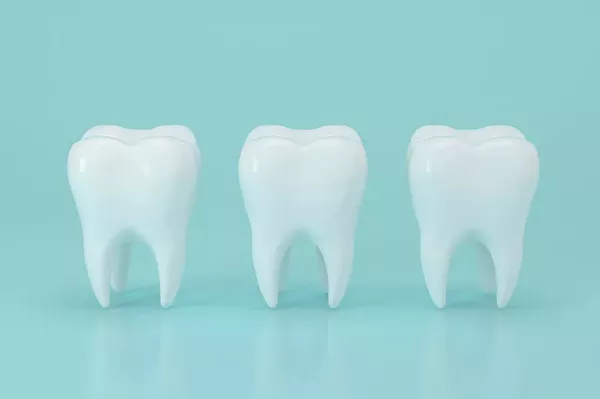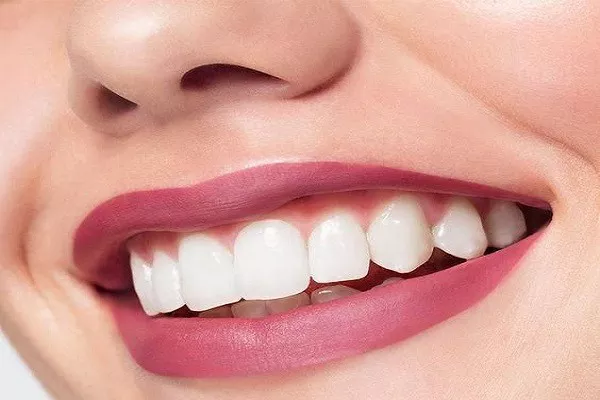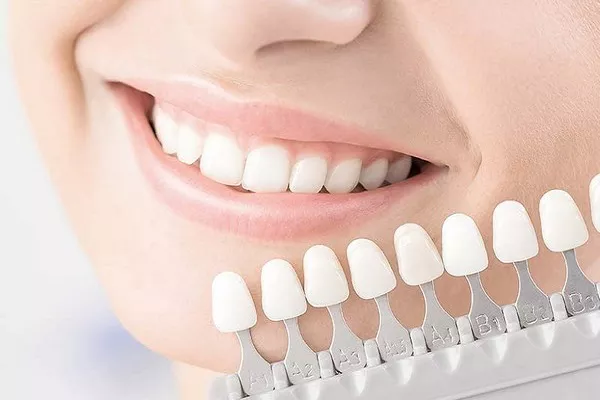In the realm of oral health, the presence of yellow plaque can be both unsightly and detrimental to overall well-being. Maintaining pristine dental hygiene is essential not only for a confident smile but also for preventing serious oral issues. In this comprehensive guide, we will explore effective ways to remove yellow plaque, offering professional dental tips that can be seamlessly incorporated into your daily routine.
1. Understanding the Culprit: What Causes Yellow Plaque?
Yellow plaque, also known as dental plaque, is a sticky film of bacteria that accumulates on teeth. The primary culprits are bacteria, food particles, and saliva, which combine to form a biofilm on tooth surfaces. Over time, this biofilm hardens, leading to the formation of yellowish plaque. To combat this issue effectively, it is crucial to comprehend the root causes and implement targeted strategies for removal.
1.1 Bacterial Onslaught: The Role of Microorganisms
Dental plaque is home to a diverse range of bacteria, including Streptococcus mutans and Porphyromonas gingivalis. These microorganisms thrive on sugars from food, producing acids that erode tooth enamel and contribute to the yellowing of plaque. Regular removal is necessary to prevent the proliferation of these harmful bacteria.
1.1.1 Sugar’s Sneaky Role: Cutting the Supply Line
Minimizing sugar intake is paramount in controlling bacterial growth. Sugary snacks and beverages provide fuel for bacteria, accelerating plaque formation. Opt for a balanced diet rich in fruits, vegetables, and whole grains to promote overall oral health.
1.1.1.1 Smart Swaps: Healthy Alternatives
Substitute sugary snacks with crunchy fruits and vegetables like apples and carrots. Their natural fibrous texture acts as a natural toothbrush, helping to scrape away plaque and stimulate saliva production, which aids in neutralizing acids.
1.1.1.2 Timing Matters: Strategic Consumption
If indulging in sweets, it’s advisable to consume them during meals rather than as standalone snacks. The increased saliva production during meals assists in washing away food particles and neutralizing acids, reducing the risk of plaque formation.
1.2 The Saliva Connection: A Double-Edged Sword
Saliva, while essential for oral health, can also contribute to plaque formation. Salivary proteins combine with bacteria to create a protective layer, fostering plaque development. Understanding this dynamic is key to formulating an effective strategy for yellow plaque removal.
1.2.1 Hydration Harmony: Saliva as a Cleansing Agent
Staying well-hydrated promotes optimal saliva production, which acts as a natural cleanser. Drinking water throughout the day helps flush out bacteria and food particles, reducing the likelihood of plaque accumulation.
1.2.1.1 Water Wisdom: Beyond Basic Hydration
Incorporate water-rich foods like watermelon and cucumber into your diet. These hydrating options not only contribute to overall well-being but also aid in maintaining a saliva balance that hinders plaque development.
2. The Brushing Ballet: Mastering the Art of Effective Teeth Cleaning
Regular and proper brushing is the cornerstone of any successful oral hygiene routine. However, simply going through the motions is not enough. To effectively remove yellow plaque, mastering the brushing ballet is essential.
2.1 Brushing Basics: Choosing the Right Weapon
Selecting the right toothbrush is crucial. Opt for a soft-bristled brush to prevent damage to tooth enamel and gums. Electric toothbrushes, with their oscillating movements, can provide a more thorough cleaning, reaching areas that traditional brushes might miss.
2.1.1 Timing Triumph: The Two-Minute Rule
Ensure you brush your teeth for a minimum of two minutes. This timeframe allows for comprehensive cleaning and ensures that every nook and cranny is reached, preventing the buildup of yellow plaque.
2.1.1.1 Gentle Giants: Proper Brushing Technique
Adopt a gentle circular or back-and-forth motion while brushing. Applying excessive pressure can lead to gum recession and enamel erosion, creating an environment conducive to yellow plaque formation.
2.1.1.2 Tongue TLC: Often Overlooked, Always Important
Don’t forget to clean your tongue. Bacteria can accumulate on the tongue’s surface, contributing to plaque formation. A tongue scraper or the bristles of your toothbrush can effectively remove this bacterial film.
3. Professional Assistance: The Role of Regular Dental Check-ups
While adopting a diligent at-home oral care routine is crucial, seeking professional assistance is equally important. Regular dental check-ups play a pivotal role in maintaining optimal oral health and preventing the progression of yellow plaque.
3.1 Timely Intervention: The Preventive Power of Dental Visits
Schedule dental check-ups at least twice a year. These visits allow your dentist to identify early signs of plaque buildup and address them before they escalate into more serious issues like cavities or gum disease.
3.1.1 Customized Care: Tailored Advice from the Experts
Dentists can provide personalized advice based on your specific oral health needs. Whether it’s recommending a particular toothpaste, demonstrating proper flossing techniques, or suggesting additional preventive measures, their expertise is invaluable.
3.1.1.1 Proactive Solutions: Professional Cleanings
Professional cleanings performed by dental hygienists are adept at removing stubborn yellow plaque and tartar. These cleanings reach areas that may be challenging to access with at-home care alone, ensuring a thorough and effective removal process.
In conclusion, combating yellow plaque requires a multifaceted approach that combines mindful dietary choices, diligent at-home oral care, and regular professional assistance. By understanding the root causes and implementing these strategies, you can pave the way for a brighter, healthier smile that reflects optimal oral well-being. Remember, consistency is key on the journey to a plaque-free, confident grin.
Related Links:
Should you rinse out your mouth after using whitening strips?
What teeth whitening method works best?
Why are teeth whitening strips so expensive





























